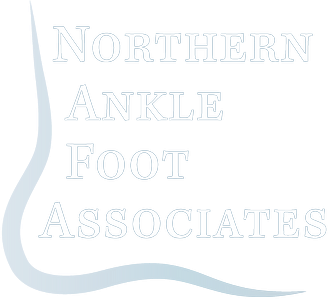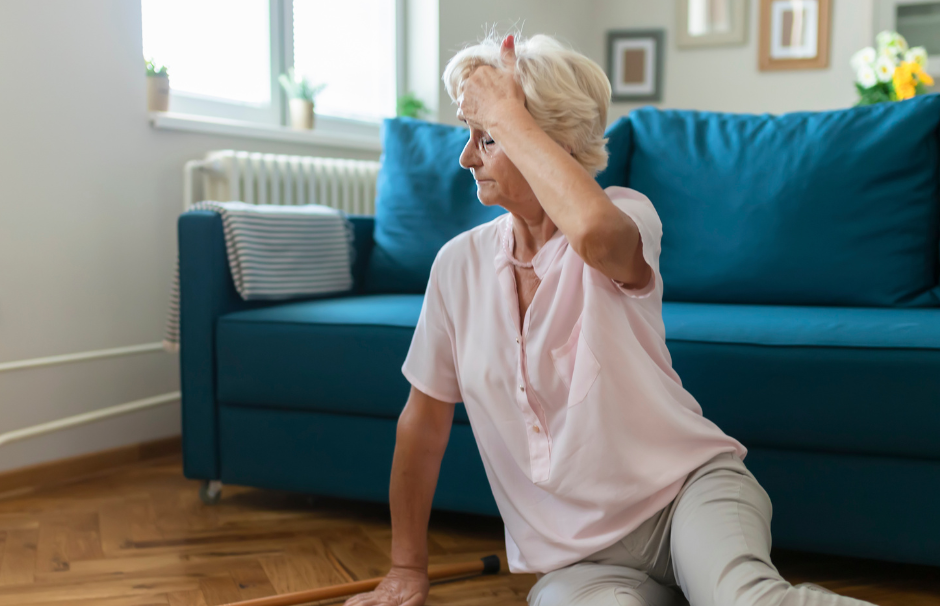Falls Prevention Awareness Month: Safety Tips, Stability Boosting Braces, and More
September marks Falls Prevention Awareness Month, a crucial time to focus on preventing these dangerous and all-too-common incidents, especially for seniors.
Falls are a leading cause of injury among older adults, but many can be prevented with the right strategies and precautions in place. For this post, Northern Ankle Foot Associates will explore fall prevention tips that can serve you at home or on the go. Read on to learn how a few simple steps can prevent serious difficulties down the line.
At-Home Falls Prevention Strategies
According to the Centers for Disease Control and Prevention (CDC), one in four adults aged 65 and older falls each year. These falls can cause fractures and other serious injuries, but for many, they are passively accepted as an inevitable part of the aging process.
That, however, is a misguided and potentially dangerous misconception.
At Northern Ankle Foot Associates, we emphasize the use of conservative measures like orthotics, braces, and strength-building exercises, as well as the importance of consulting a podiatrist for gait analysis and footwear recommendations. While the following info is not comprehensive, it does cover many of the most commonly known and easily applied DIY measures.
1.) Strengthening Exercises
One of the most effective ways to prevent falls is by strengthening the muscles that support balance and stability, particularly the core and glutes.
- Exercises like bridges, leg raises, and planks can help improve muscle strength, which is essential for maintaining balance and avoiding falls.
- These exercises can be easily incorporated into a daily routine at home, providing a strong foundation for mobility.
2.) Custom Ankle Brace Casting
For seniors with existing foot or ankle issues, custom ankle braces can provide critical support.
- Custom ankle brace casting is a specialized procedure aimed at providing tailor-made ankle support solutions.
- By creating a precise cast of your ankle and foot, a brace is fabricated to fit your unique anatomy, offering optimal support, stability, and comfort.
- This personalized approach is crucial for effective falls prevention, particularly for those with conditions like foot drop or severe ankle arthritis.
3.) Footwear and Orthotics
Proper footwear is essential for fall prevention.
- Shoes should provide good arch support, have non-slip soles, and fit well. Seniors should avoid wearing slippers or loose shoes that can easily slip off.
- Ankle Foot Orthoses (AFOs) can also be beneficial. These braces stabilize the foot and ankle, improving balance and reducing the risk of falls.
- A podiatrist can recommend the best type of orthotic based on gait analysis, ensuring the most effective solution for each individual.
4.) Home Modifications
Making simple modifications around the home can significantly reduce the risk of falls.
- Install grab bars in bathrooms, secure loose rugs, and ensure that all areas are well-lit.
These changes create a safer environment, allowing seniors to move around their homes with greater confidence.
Falls Prevention on the Go
When things get busy, and you’ve got to get moving, there are still some effective measures you can take to keep any slips from turning into dangerous falls.
5.) Portable Braces
When out and about, wearing ankle braces can provide added stability.
- Ankle braces, such as those with built-in hinges or lace-up designs, offer support and reduce the risk of injury while walking on uneven surfaces.
- These braces are particularly useful for seniors who are active and want to maintain their mobility without compromising safety.
6.) Physical Therapy and Stretching
Regular physical therapy sessions can help maintain strength, flexibility, and balance, all of which are essential for preventing falls.
- A physical therapist can design a customized stretching regimen that targets key muscle groups, further enhancing mobility and reducing fall risk.
- Stretching exercises, particularly those focusing on the calves and hamstrings, are essential for maintaining flexibility and preventing falls when on the go.
Before embarking on new activities or increasing physical activity, it’s essential to consult with a podiatrist! Regular check-ups can ensure that any changes in gait or balance are addressed promptly. That said, incorporating these strategies can help seniors significantly reduce their risk of falls, both at home and on the go.


